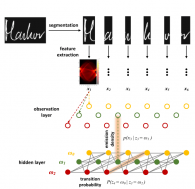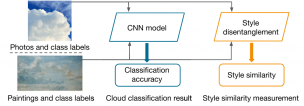Computational Handwriting Analysis of Ancient Hebrew Inscriptions—A Survey

Ancient texts are unique evidence providing a glimpse into the thoughts, day-to-day life, and culture of people of long-gone eras. Paleography, the study of writing, aims at documenting the inscriptions, transliterating the texts, reconstructing their historical context, and studying the evolution of writing itself. The digital revolution gave rise to computational paleography, introducing new tools of data acquisition, image processing, and machine learning. Herein, we will provide an introduction to the emerging field of computational paleography through the lens of ancient Hebrew inscriptions, dating from the Iron Age through the Middle Ages. The years that passed since their composition had a great effect on their preservation level, including blurs, stains, and erosions; moreover, some documents tend to fade in the years after their discovery. Therefore, it is of paramount importance to promptly document ancient inscriptions using the most suitable imaging techniques, such as visible, infra-red, or multispectral imaging. Image analysis and processing techniques, such as binarizations, letter segmentation, and letters’ prior estimation are valuable in their own right or may serve as a stage for subsequent tasks. We will also discuss automatic handwriting analysis and writers’ identification, which could shed light on the historical background of the inscriptions.






